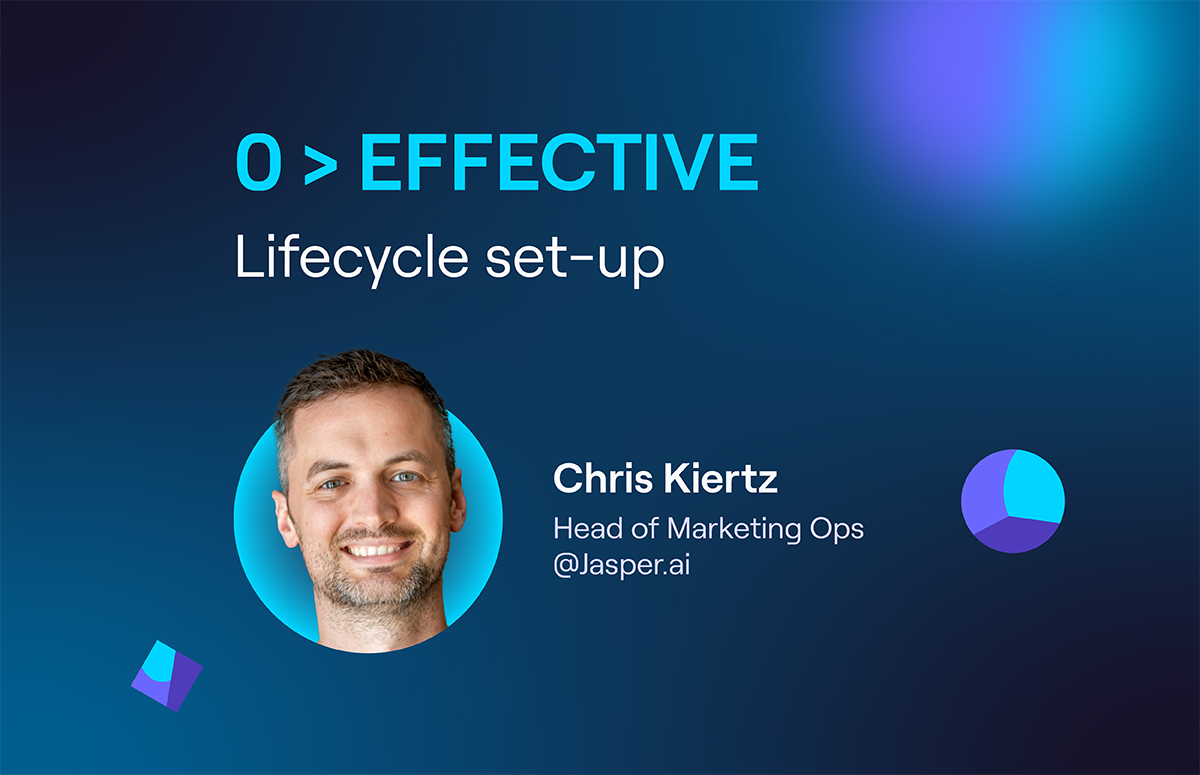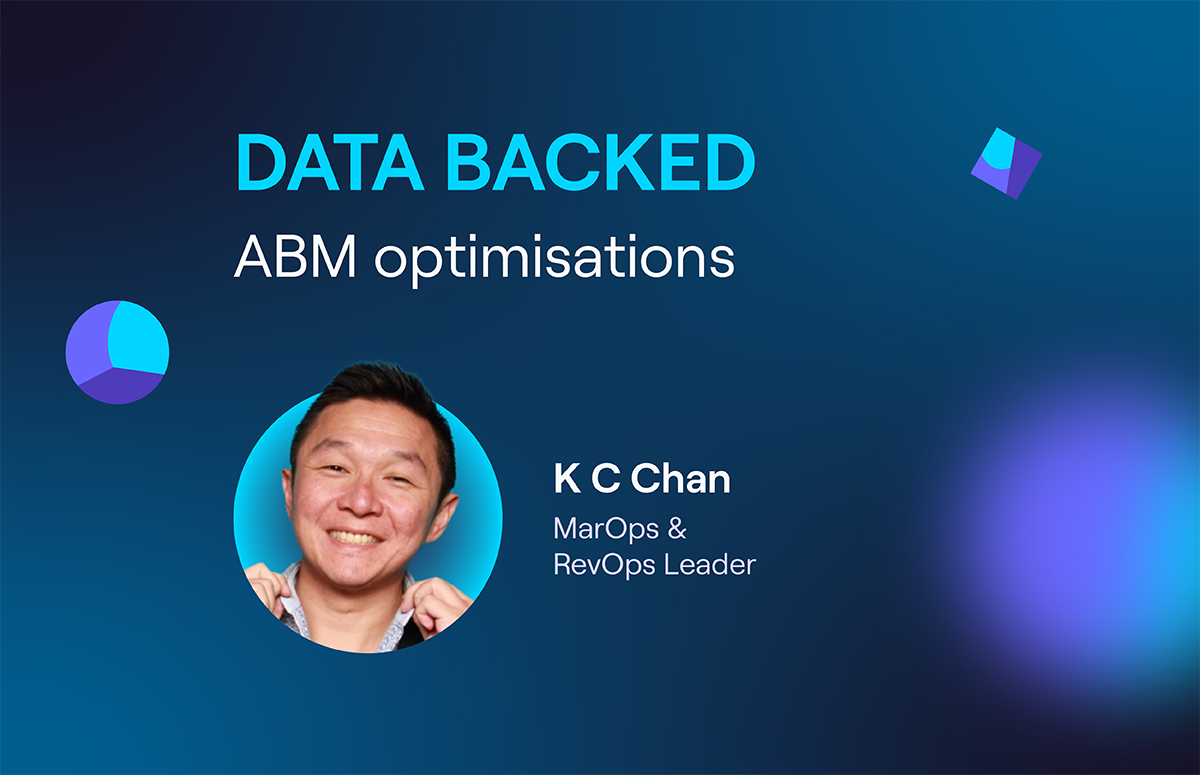FIX YOUR FUNNEL PLAYBOOK
Boosting quality conversions with targeting, signals and personalisation
Generating lots of leads that aren't converting down the funnel?
Before you start throwing money at the problem. Make sure your targeting and strategy is focused on the right buyers.
Here's how Spencer Tahil combined better targeting, buying signals and personalised outreach to convert the right buyers.
Industry and company size
-
200 employees
-
Technology
Funnel stage
-
MQL > SQO
Playbook impact
-
25% boost to quality email conversions
PLAYBOOK HOST

Spencer Tahil
Marketing Operations Strategist
RECOMMENDED FOR
Let's jump in 👇🏻
What's on this page:
💡 What was the problem?
When starting at a company, Spencer looks at specific data sets to drive insights and actions. He often runs into one main problem:
Usually, a company puts an ad up and pays $1,000 daily to have it on Google or LinkedIn, they might get 500 clicks, but these leads don’t convert. As Spencer shared:
“A big issue I’m seeing is companies with poorly defined ICPs. Their initiatives don’t work because there’s no strategy behind it. There must be a strategy behind everything you do, and there needs to be architecture and creativity behind that strategy.”
“Usually, businesses on the upper echelon of size want to generate better SQLs but lack the data or vision to feed hungry SDRs with better-qualified SQLs. Because of their size, honing in on the best-fit SQLs usually takes more time.”
💡 Defining your ICP
As Spencer explained:
“You have to start at the beginning and look at the problem and the unique selling proposition. You’ve got to define the problem you solve and who you are solving that problem for.”
He starts by creating the ideal customer profile based on historical data trends and buyer intent.
Here, he understands who requires the particular product or solution and how to approach them best. This includes what type of managers his clients are targeting, what level of seniority they are, and if they’re HR professionals, chief of staff or marketing managers.
Spencer looks at the company’s attributes, including its size, hierarchy, and organisational structure.
Then, he begins to understand who the right person to sell to:
“If you have five clients that you’re servicing and you have to lose four of them, you need to understand which client is your best fit.”
“That’s a huge question I ask the sales reps when I come in on the marketing operations front because they’ll know what makes a good client. An excellent SDR will know inherently in the back of their head who will convert and who will take the least time to convert. That is essentially your ICP.”
This helps to narrow down and prioritise your leads. Here, you have to go beyond behavioural data.
For example, a company Spencer worked at ran a webinar with 10,000 sign-ups.
Once he began to look into the signups and their company size, whether the company had the budget, whether it had the authority to make the decision, and whether it was the right time for somebody to buy, out of those 10,000, only 41 were people they could talk to and prospect.
These people were hyper-targeted within the ICP, with similar job titles and genetic company makeup.
💡 Creating a personalised narrative
Once this has been defined, Spencer begins to craft how to speak to these prospects, what problems the product is solving for them and why the client is better than other competitors:
“You can combine the USP with your ICP. You have to nail both down and then create that storytelling narrative.”
Spencer changes the messaging, landing pages and lead nurturing styles to match that ICP and reach individual consumers.
The data is essential here. Spencer uses tools to examine a customer's company, headcount growth, and industry pain points and adjust accordingly.
Spencer will also look at signs of intent. As he explained:
“If someone is hiring a copywriter for their web page on their website, this would be a buyer signal for a different company to pitch them an AI writing software.”
This matches the ICP and unique selling proposition, which allows the company to pay less and get more rather than hire somebody who might be more expensive.
Other buyer signals could include whether they went through a seed funding round. As Spencer said:
“If someone just received $1.5 million in funding, you can pitch to the COO and say, ' You’re positioned to do X. We do Y, let’s do Z. Then you’re talking directly to the ICP.”
“Here, you can define your marketing strategy around that particular persona. You might write a landing page directly for the prospect because they require a specific marketing copy and pain point that you can solve. The key is hyper-personalisation - the more information you can have on a specific person, the more you can talk directly to them.”
💡 What were the results?
Once he integrated this personalisation at scale, Spencer saw a huge increase in the number of MQLs generated and engagement.
Through personalising outbound emails, Spencer witnessed an increase in email conversions by 25%. From having the personalisation bracket and mentioning a prospect’s company name, 66% of recipients opened these emails.
As Spencer shared:
“If you have a well-defined ICP, a well-defined goal and a really good product, there’s not going to be an issue for you to find customers.”
.png)

